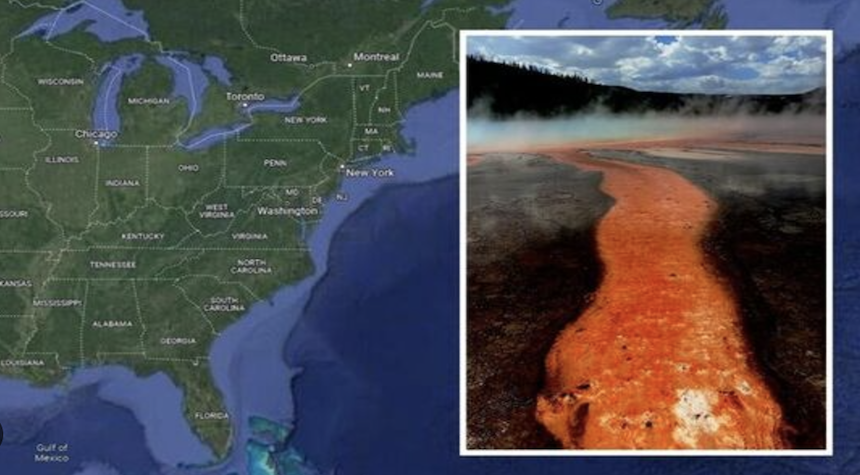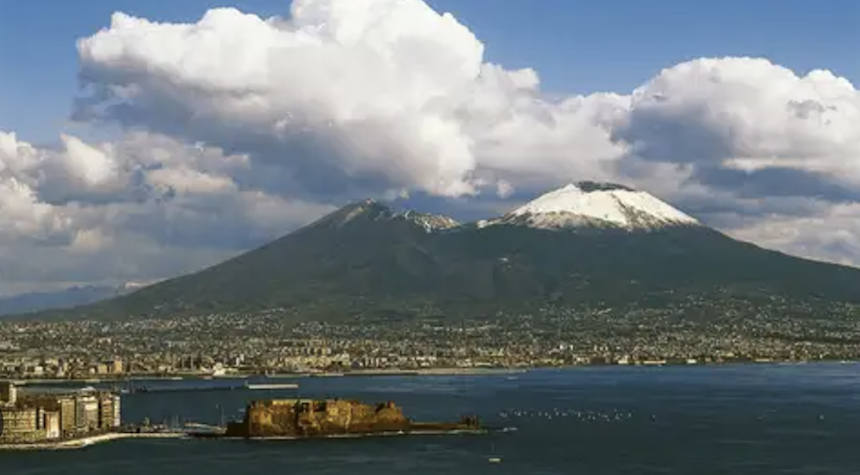Humans and their efforts may seem insignificant compared to the planet’s vastness. One of my favorite spots to take visitors to when we are here in the Great Land is the hill that overlooks our community center. On a clear, sunny day, Denali, the Alaska Range, and the Northern Horizon dominate the horizon. Denali is only 150 miles from the overlook.
When something happens to the Earth – an earthquake, a volcanic eruption, or weather – we can feel incredibly small. The Phlegraean fields in Italy are one of the largest supervolcanos on the planet, and they’re becoming more active.
The volcanic fields west of Naples in Italy are among the eight largest emitters of volcanic CO2 worldwide.
Researchers and locals have noticed that since 2005, the Solfatara Crater has released increased amounts of gas.
Gianmarco Bùno, a volcanologist from the Italian National Institute of Geophysics and Volcanology(INGV), leads a study that aims to determine what is behind this increase in gas emissions.
Buono says that it is crucial to determine the source of carbon dioxide in order to reconstruct the events occurring within the hydrothermal and magmatic systems.
His team hopes to develop a tool that can differentiate between carbon dioxide released from magma and that produced by other processes. This method could be helpful in volcanic regions all over the world.

What would it mean, then, if the thing decided one morning to “Blooie!” It’s not good.
A supervolcano can be described as a volcano that has been boosted. A supervolcano is a huge volcanic system that can produce eruptions up to thousands of times stronger than a normal volcano.
These eruptions are capable of ejecting more than 1,000 cubic kilometers into the air, which can have devastating effects on global climate and the environment.
A supervolcano can cover millions of square kilometers (or miles, if your country hasn’t sent a man to the moon yet) in volcanic ash. It could also plunge the entire planet into a kind of nuclear winter.
In the immortal words of another scientist, Dr. Egon Spengler, “It would be bad.”
The intervals between these eruptions can only be determined on geological timescales. It may go off tomorrow, or not for ten thousand.
There’s nothing to worry about. We can’t do anything to stop it.
It’s fascinating to see how it affects the way we perceive this spinning blue ball on which we live. Reading about this can remind us that the planet we live on operates at a pace that is beyond our comprehension and that its effects and systems are far greater than our imagination. Even a standard volcano, which is not a supervolcano, can release gases and dust that can bollix our climate for years. Solfatara’s crater emits between 4,000 to 5,000 tons per day of carbon dioxide, even without a major explosion. This is roughly equivalent to burning half a milion gallons of gasoline every day.
Not there’s something to remember on Thanksgiving when your freshman-in-college niece or nephew starts whining about climate change.


